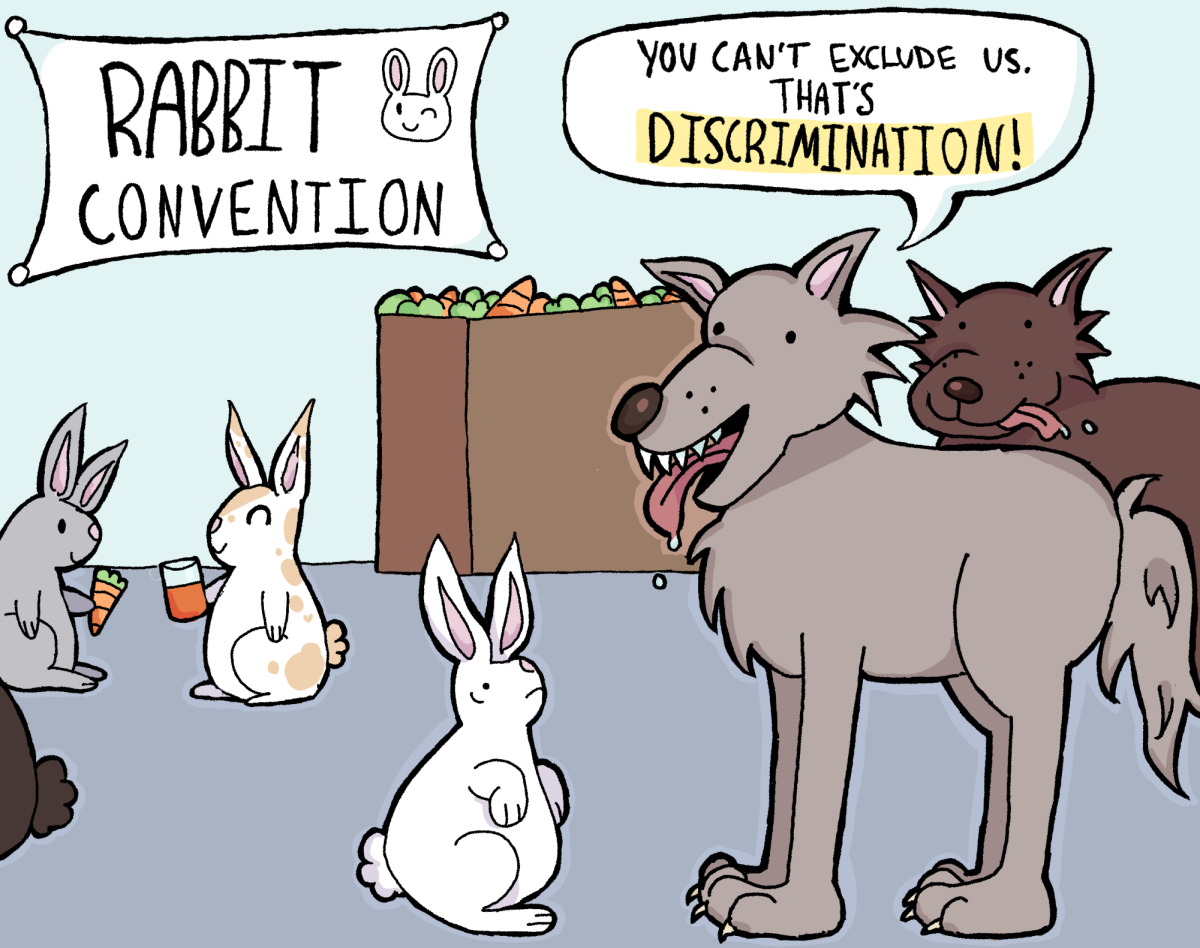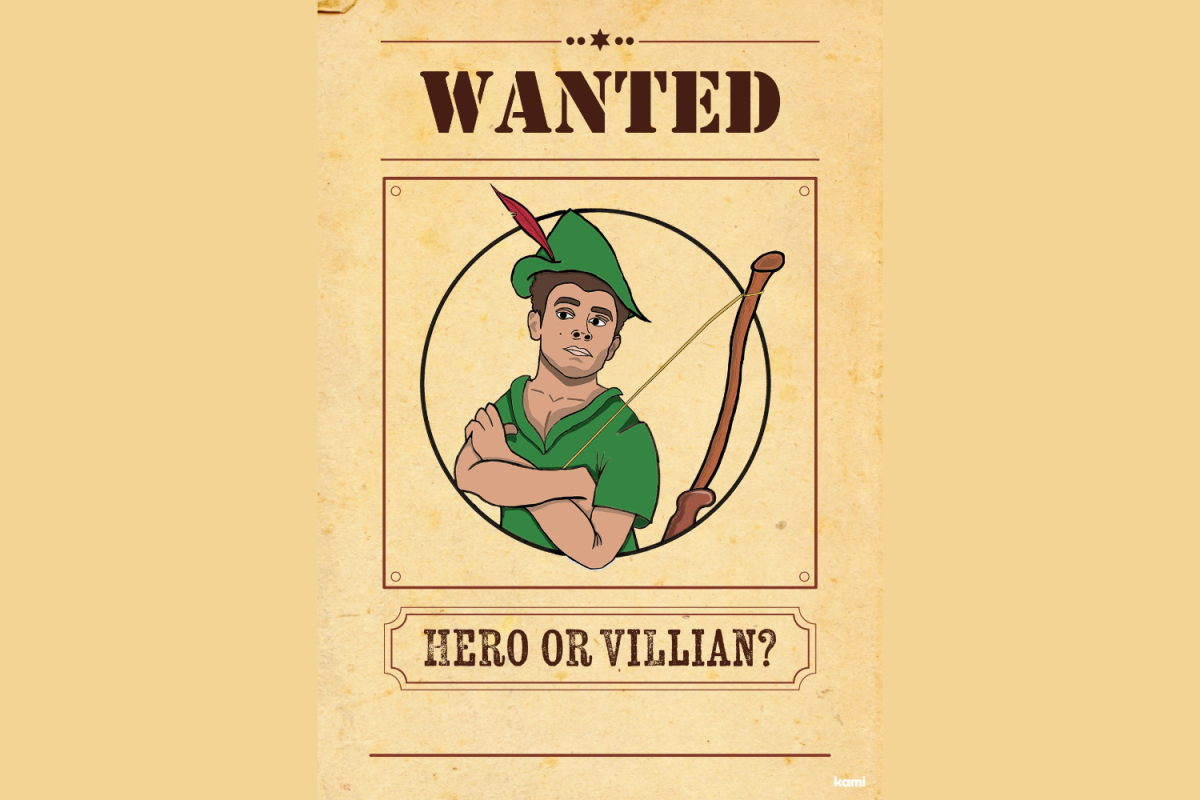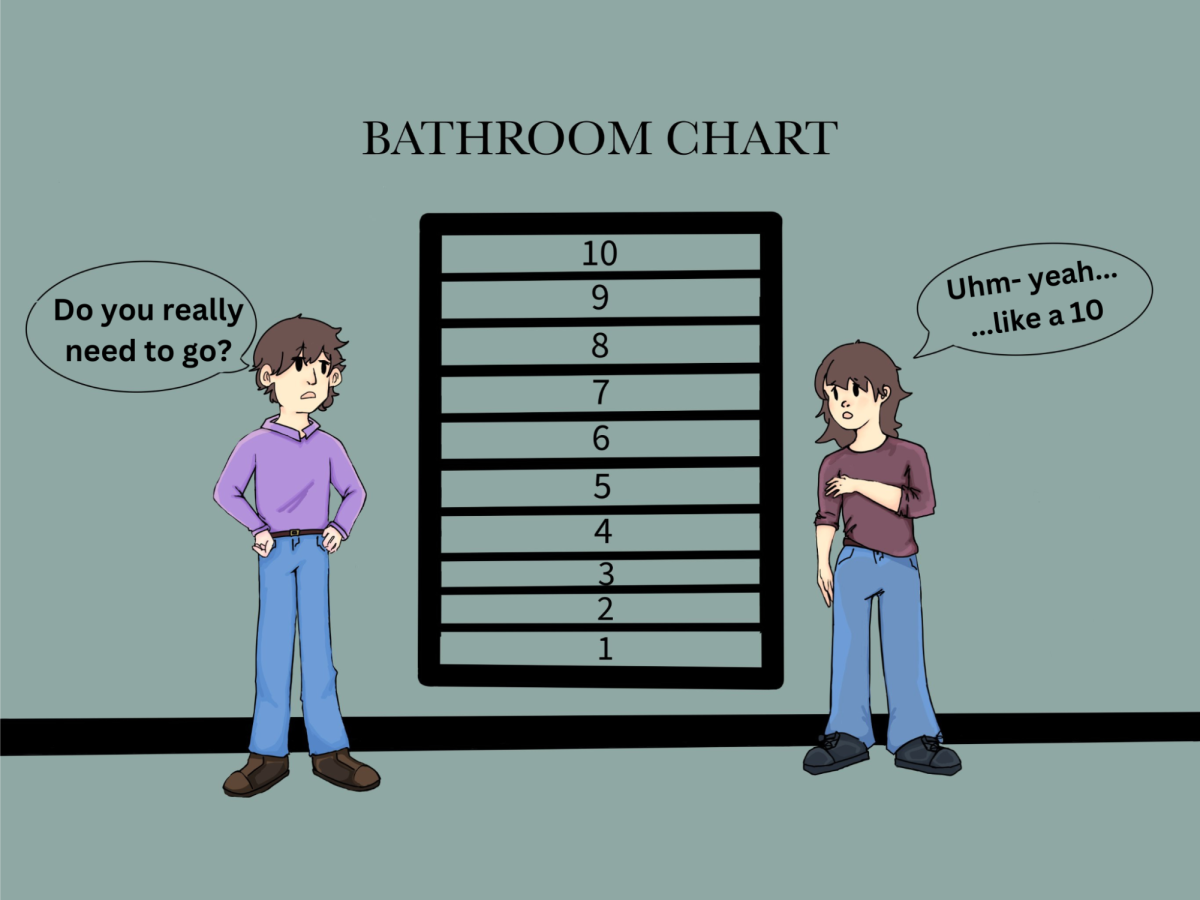Residents of Austin Texas have experienced gentrification and change around them, especially in the last few years. Over the last twenty years, corporate chains have slowly eaten away Austin’s unique character and charm.
I’ve lived in Austin my whole life. I’ve seen several of my favorite places replaced with high dollar condos and office towers. It feels like developers have been given free reign to push out local businesses, replacing the colorful and quirky with an achromatic palette of steel and glass.
Graffiti ParkPalace was one of the first places that I noticed change around me. It was a tradition for my family to go down to Castle Hill and grab some spray cans to draw some funny images or write some quotes with personal meaning. Now when I drive by I only see the overpriced apartments in its place.
Recently, Peter Pan’s Mini Golf has become the latest potential victim of gentrification and rising costs of property. The owners of the beloved mini golf course located at the intersection of Barton Springs Road and the quickly gentrifiying South Lamar Boulevard just south of downtown Austin is worried that it will be forced to move or close because of complications with renewing its lease at an affordable rate.
Peter Pan’s Minigolf has been open since 1948 and has been a staple fun activity to do in Austin, but if it were to close, the city would lose a part of the “weirdness” that it’s been advertising for so long. The golf course’s managers are seeking support at City Hall and among many Austinites. A petition to keep it open has more than 24,000 signatures.
One strategy the course is using is to obtain a historic landmark designation that could help it from avoiding a price hike on its lease. The Historic Landmark Commission, city council members, and Austin Mayor Mark Watson have expressed support for such a designation, but it is still an unanswered question if this will help save Peter Pan.
Natalie Fontenot, Akins Austin Corps program adviser, said in a comment submitted to an online survey conducted by The Eagle’s Eye that Austin has changed from a “big, small-town feeling” to a “large city feeling.”
Many other survey respondents expressed sadness for missing the feeling that Austin used to have, including enjoying family-owned businesses, unique street art, and local musicians busking for tips.
Even with the constant push of gentrification, Austin residents and business owners have found ways to fight back. I Luv Video, the oldest and largest video store in Austin was forced to close in 2020 because of the pandemic and the dominance of streaming services. However, in 2022 Ryan Teel and Macy Cotton decided to reopen the store, now called “We Luv Video” in the form of a volunteer-run, non-profit organization. This new operations model has helped the beloved video store reopen on North Loop Blvd, keeping a piece of old Austin alive.
While expereincing the hardships of trying to “Keep Austin Weird” local residents have joined together to find solutions, including the Health Alliance for Austin Musicians (HAAM), a local nonprofit organization that helps give low-cost health care to musicians in Austin. Many musicians have said HAAM has helped them gain access to health care. As a city once celebrated as the Capital of Live Music and a city that supports local businesses rather than corporate businesses, some longtime residents worry that the city has gone against its original ideals. Many local musicians have been pushed out of Austin and small venues have shut down. The local businesses are getting priced out. The Austin vibe is starting to feel like any other generic large Ameircan city.
The feeling of culture just like the rest of the United States has disappeared. If Austin continues to grow and change in the direction that it continues in, Austin will be nothing but a sterile city full of tech jobs.
To save Autin’s soul, it’s going to be up to all of us us to join together and learn more about the city we live in and search for creative ways to protect it.










